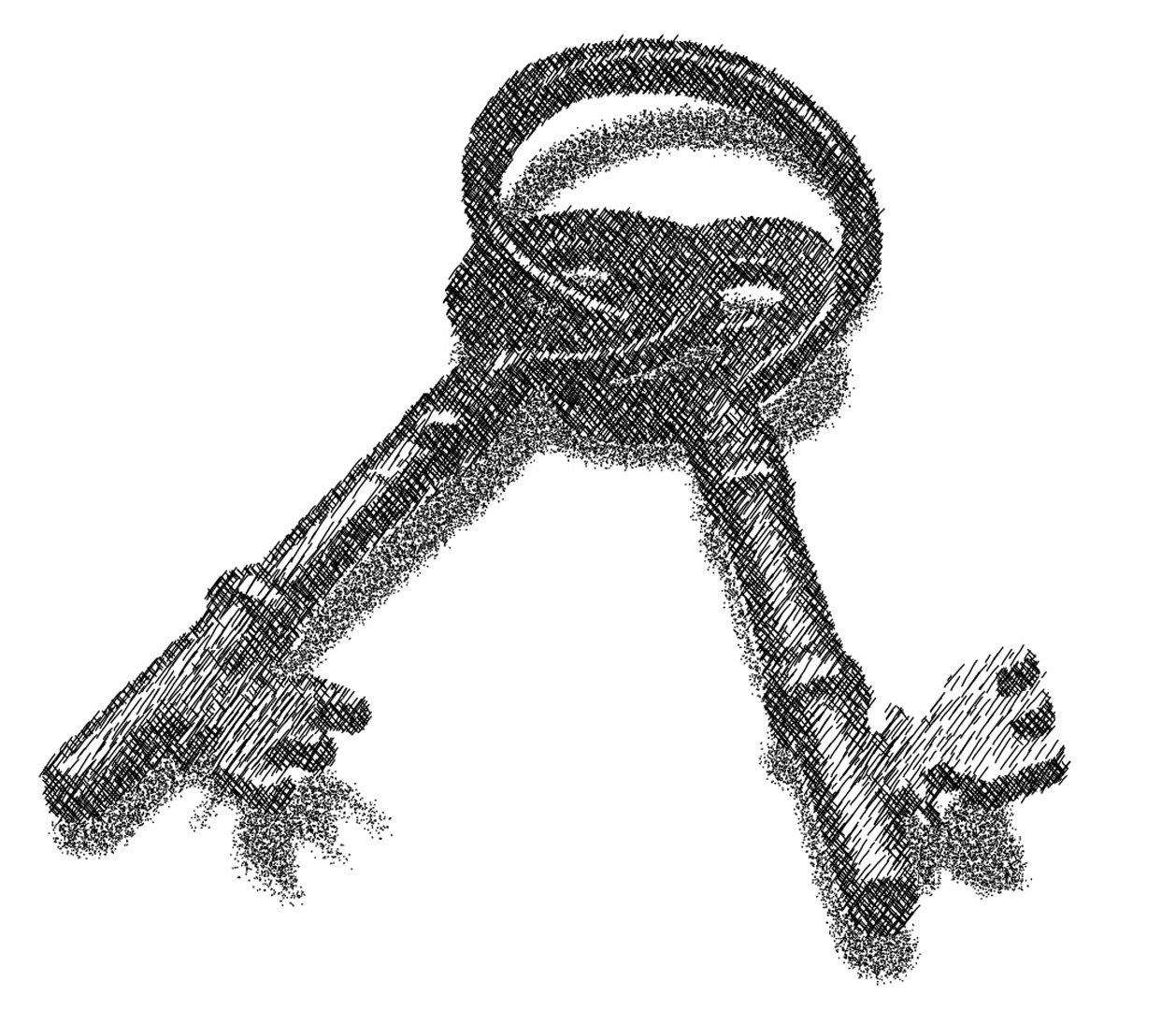“Scale-dependent reproduction of pen-and-ink illustrations” by Salisbury, Anderson, Lischinski and Salesin
Conference:
Type(s):
Title:
- Scale-dependent reproduction of pen-and-ink illustrations
Presenter(s)/Author(s):
Abstract:
This paper describes a representation for pen-and-ink illustrations that allows the creation of high-fidelity illustrations at any scale or resolution. We represent a pen-and-ink illustration as a low-resolution grey-scale image, augmented by a set of discontinuity segments, along with a stroke texture. To render an illustration at a particular scale, we first rescale the grey-scale image to the desired size and then hatch the resulting image with pen-and-ink strokes. The main technical contribution of the paper is a new reconstruction algorithm that magnifies the low-resolution image while keeping the resulting image sharp along discontinuities.
References:
1. Adobe Systems Incorporated. PostScript Language Reference Manual. Addison Wesley, Reading, Massachusetts, 2nd edition, 1994.
2. Alfred V. Aho, John E. Hopcroft, and Jeffrey D. Ullman. Data Structures and Algorithms. Addison-Wesley, Reading, Massachusetts, 1987.
3. Arthur Beck. Photograph. In Photographis 81, The International Annual of Advertising and Editorial Photography, p. 151. Graphis Press Corp., 1981.
4. Deborah F. Berman, Jason T. Bartell, and David H. Salesin. Multiresolution painting and compositing. In Computer Graphics Proceedings, Annual Conference Series, pp. 85-90. ACM Press, July 1994.
5. John Canny. A computational approach to edge detection. IEEE Transactions on Pattern Analysis and Machine Intelligence, 8(6):679-698, November 1986.
6. L. Paul Chew. Constrained delaunay triangulations. Algorithmica, 4:97-108, 1989.
7. Robert L. Cook. Stochastic sampling in computer graphics. Transactions on Graphics, 5(1):51-72, January 1986.
8. Mark A. Z. Dipp6 and Erling Henry Wold. Antialiasing through stochastic sampling. Computer Graphics, 19(3):69-78, July 1985.
9. Gershon Elber. Line art rendering via a coverage of isoparametric curves. IEEE Transactions on Visualization and Computer Graphics, 1(3):231-239, September 1995.
10. Richard Franke and Gregory M. Nielson. Surface approximation with imposed conditions. In R. E. Bamhill and W. Boehm, editors, Surfaces in CAGD, pp. 135-146. North-Holland Publishing Company, 1983.
11. Arthur L. Guptill. Rendering in Pen and Ink. Watson-Guptill Publications, New York, 1976.
12. Paul E. Haeberli. Paint by numbers: Abstract image representations. Computer Graphics, 24(4):207-214, August 1990.
13. Paul Heckbert. Discontinuity meshing for radiosity. In Third Eurographics Workshop on Rendering, pp. 203-226, Bristol, UK, May 1992.
14. John Lansdown and Simon Schofield. Expressive rendering: A review of nonphotorealistic techniques. IEEE Computer Graphics and Applications, 15(3):29-37, May 1995.
15. Dani Lischinski, Filippo Tampieri, and Donald R Greenberg. Discontinuity meshing for accurate radiosity. IEEE Computer Graphics and Applications, 12(6):25-39, November 1992.
16. T. Marshall. Lively pictures (Power Mac image editing). BYTE, 20(1): 171-172, January 95.
17. Randy Miller. Photograph. In Photographis 77, The International Annual of Advertising and Editorial Photography, p. 72. Graphis Press Corp., 1977.
18. Don R Mitchell. Generating antialiased images at low sampling densities. Computer Graphics, 21(4):65-72, July 1987.
19. Ken Perlin and Luiz Velho. Live Paint: painting with procedural multiscale textures. In Computer Graphics Proceedings, Annual Conference Series, pp. 153-160. ACM Press, August 1995.
20. Yachin Pnueli and Alfred M. Bruckstein. DigiDiirer- a digital engraving system. The Visual Computer, 10(5):277-292, 1994.
21. Takafumi Saito and Tokiichiro Takahashi. NC machining with G- buffer method. Computer Graphics, 25(4):207-216, July 1991.
22. David Salesin, Daniel Lischinski, and Tony DeRose. Reconstructing illumination functions with selected discontinuities. In Third Eurographics Workshop on Rendering, pp. 99-112, Bristol, UK, May 1992.
23. Michael R Salisbury, Sean E. Anderson, Ronen Barzel, and David H. Salesin. Interactive pen-and-ink illustration. In Computer Graphics Proceedings, Annual Conference Series, pp. 101-108. ACM Press, July 1994.
24. Gary Simmons. The Technical Pen. Watson-Guptill Publications, New York, 1992.
25. Thomas Strothotte, Bernhard Preim, Andreas Raab, Jutta Schumann, and David R. Forsey. How to render frames and influence people. Computer Graphics Forum, 13(3):455-466, 1994. Eurographics ’94 Conference issue.
26. Walter Swarthout. Photograph. In Photographis 75, The International Annual of Advertising, Editorial, and Television Photography, p. 133. Graphis Press Corp., 1975.
27. Edward Weston. Aperture Masters of Photography, Number Seven, p. 29. Aperture Foundation, Inc., New York, 1988.
28. Georges Winkenbach and David H. Salesin. Computer-generated penand-ink illustration. In Computer Graphics Proceedings, Annual Conference Series, pp. 91-100. ACM Press, July 1994.
29. George Wolberg. Digital Image Warping. IEEE Computer Society Press, Los Alamitos, California, 1990.
30. Y. Yomdin and Y. Elichai. Normal forms representation: a technology for image compression. In Image and Video Processing, volume 1903 of Proceedings of the SPIE- The International Society for Optical Engineering, pp. 204-214. SPIE, February 1993.
31. S. Zhong and S. Mallat. Compact image representation from multiscale edges. In Proceedings. Third International Conference on Computer Vision, pp. 522-525. IEEE Computing Society Press, December 1990.





